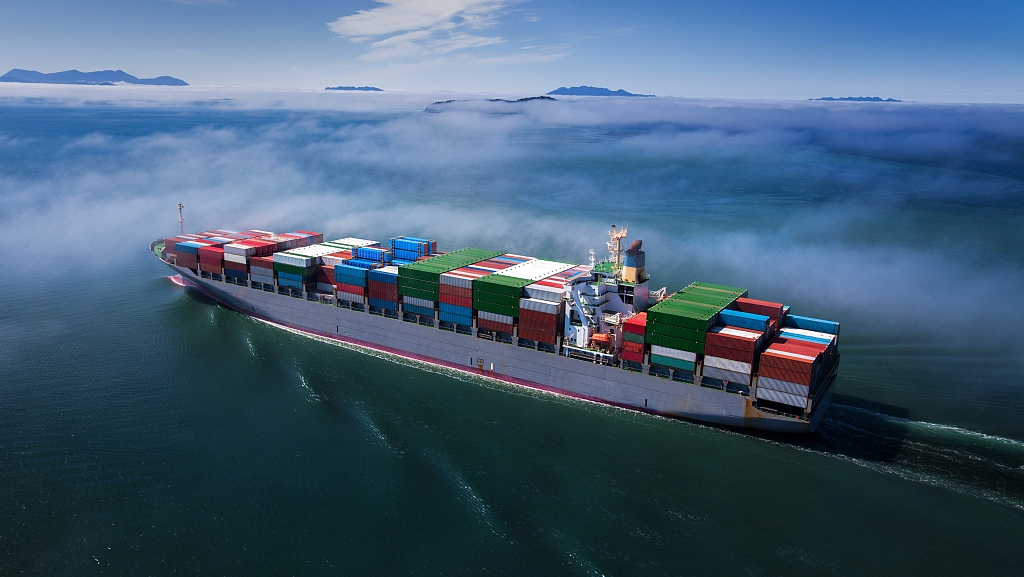Immediate action is needed if the global shipping industry is to meet a target of halving its carbon emissions by 2050, but how to achieve this remains unclear, a report showed on Thursday.
Maritime shipping, which represents about 90 percent of international trade, accounts for 2.2 percent of global carbon dioxide (CO2) emissions. The U.N.'s International Maritime Organization (IMO) has a goal to cut greenhouse gas emissions by 50 percent from 2008 levels by the middle of the century.
To achieve the IMO target, "alternative fuels will be needed, based on renewable sources and production methods, to provide low- or even zero-carbon solutions," said the International Renewable Energy Agency (IRENA) in a report released at the Global Maritime Forum in Singapore.
But there is no clear path yet towards achieving this goal, which will require the development of alternative fuel sources, significant infrastructure investments and technological advances.

Alternatives to fossil fuels include liquid and gaseous biofuel options as well as hydrogen and hydrogen derivatives such as methanol and ammonia, it said.
"Alternative fuel options all have different advantages and disadvantages, and there is no consensus on which option is best," the report said.
Price and availability will likely be decisive in determining the choice of fuel, with other factors including infrastructural adaptation costs and technological maturity.
Actions must consider the overall life-cycle emissions of alternative options since upstream emissions from producing these may limit or offset overall reductions, the report said.
While there has been increased interest in the use of liquefied natural gas (LNG) as a shipping fuel, some industry participants view this as a temporary and bridging solution.
"The shipping sector will eventually need to shift from fossil-based LNG to renewable fuels and alternative propulsion means," IRENA said.
Shipping can also reduce its carbon footprint by improving vessel design to reduce fuel consumption and being more energy-efficient.
(All images via VCG)
(If you want to contribute and have specific expertise, please contact us at nature@cgtn.com.)
Source(s): Reuters